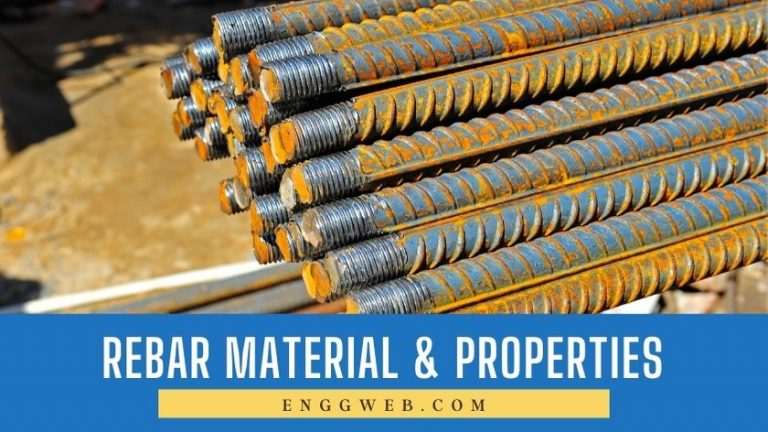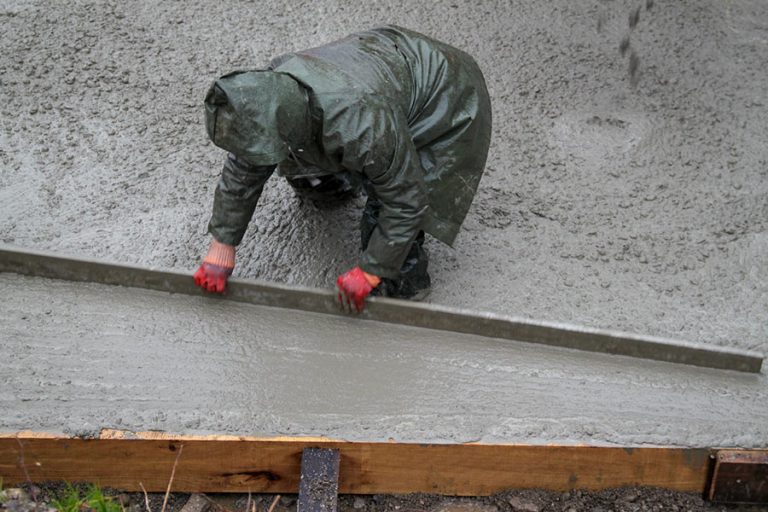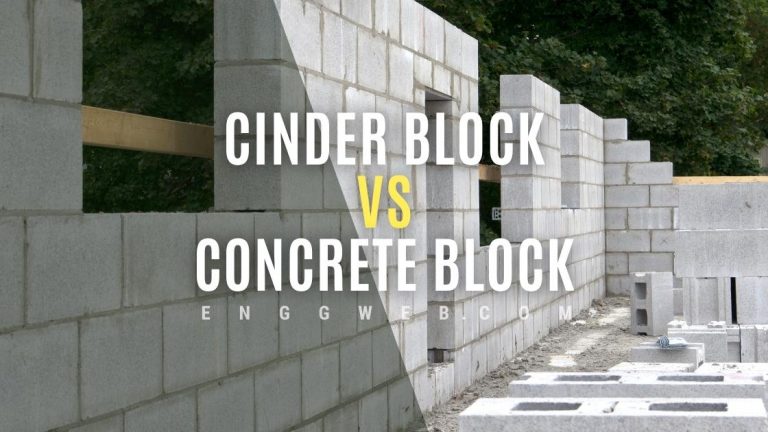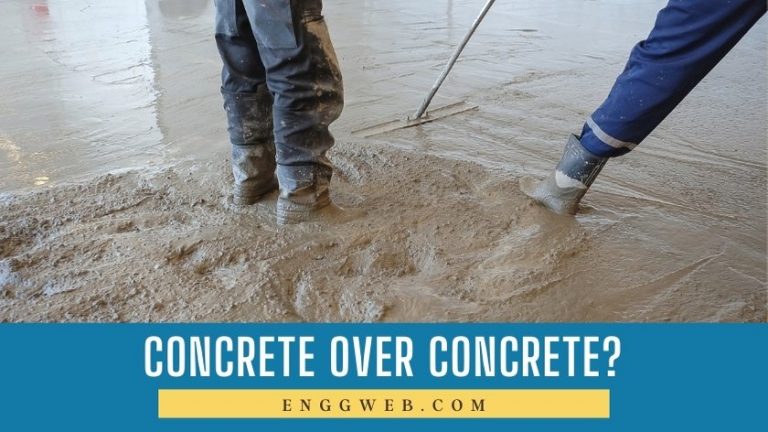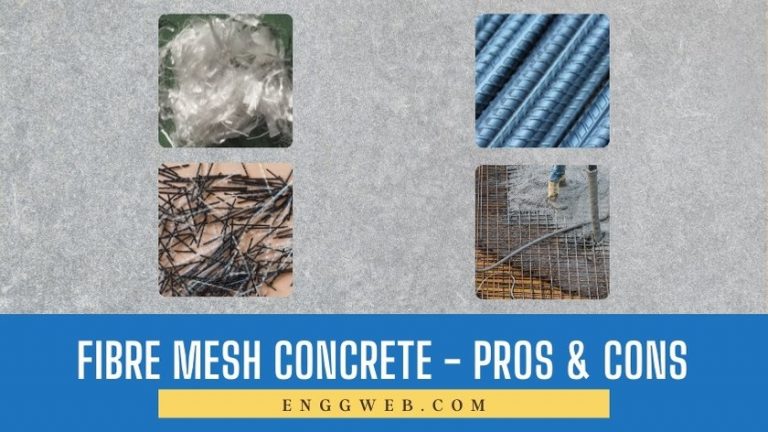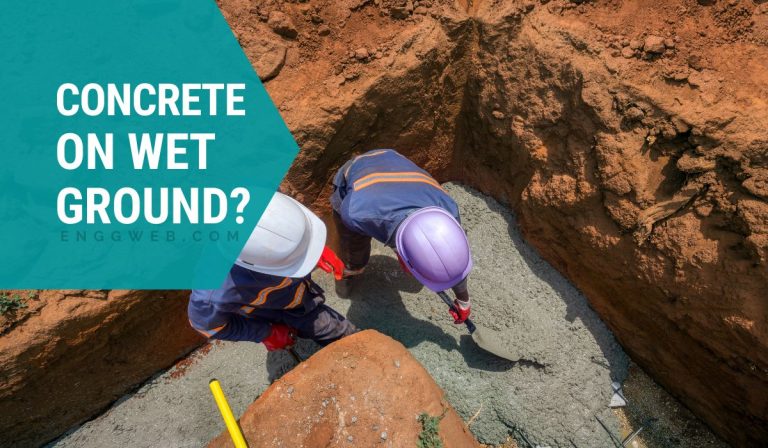When to Use Wire Mesh in Concrete?
Wire mesh is widely used in construction projects. Why is this, and what is wire mesh? Let’s find out.
Contents
What is Wire Mesh?
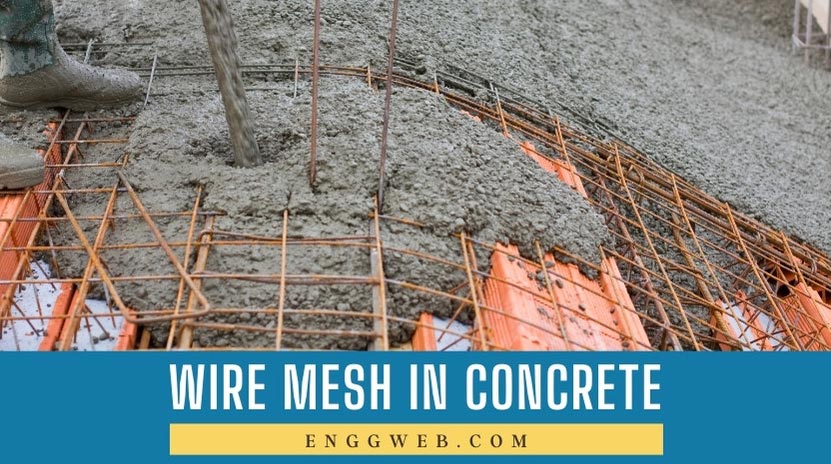
Wire mesh is a steel grid used to reinforce concrete. This is generally manufactured from steel and sold in large sheets, cut to size on the construction site. Wire mesh is available in stainless steel and polymer varieties, too, although these are often more expensive.
Function of Wire Mesh in Concrete
Wire mesh on concrete functions as reinforcement, preventing crack formation during temperature changes and under flexural loads.
When freshly poured concrete sets around wire mesh, it grips onto the mesh, which effectively inhibits its internal movement in the horizontal plane. Concrete shrinks and expands during temperature changes. The degree of this expansion is indicated by the thermal expansion coefficient, which is the same for steel and concrete. Since the concrete and wire mesh shrink and expand to the same degree. Here, the wire mesh allows the concrete some internal movement while preventing excessive movement that would cause crack formation.
Concrete, while strong in compression, is weak under flexural loads. For perspective: its compressive strength is roughly ten times greater than its flexural strength. Steel, on the other hand, has high flexural strength. Here’s how including steel wire mesh in concrete increases the flexural strength:
The hardened concrete grips onto the wire mesh, thus the two can’t move independently. When a flexural load is applied to the concrete, its natural inclination is to give way and form cracks. However, the wire mesh is capable of withstanding this applied load and only flexes slightly. Since the concrete must move with the mesh, the mesh prevents it from giving way. If cracks start to form in some concrete areas, it can only travel until it reaches the mesh, where crack propagation is halted.
Wire Mesh vs. Rebar
Wire mesh and rebar are both made of steel and used to reinforce concrete. That’s where the similarity ends, though.
Wire mesh is made of thin steel bars tied together in a square mesh pattern. These sheets are cut to size on the construction site and positioned before the concrete is poured. Often, spacers are placed underneath the mesh to keep it in place.
Conversely, rebar comes in single bars of varying thickness cut to size on the construction site. These are positioned before pouring the concrete and tied together with thin wire ties to prevent movement during the pour.
While rebar is suitable for use in any structure poured at any angle, wire mesh is only suitable for horizontal slabs.
Wire mesh is generally cheaper to use than rebar since it utilizes only thin steel bars. Rebar’s cost depends on the bar’s thickness and thus varies considerably.
Thicker rebar offers more significant support and flexural strength enhancement than rebar, but this isn’t always needed in the structure. The application would determine which of these is the better option.
Fiber Mesh vs. Wire Mesh
Fiber mesh is widely used in construction. These are available in steel, stainless steel, and polymer varieties. It serves the same purpose as wire mesh: enhancing concrete’s flexural strength and preventing cracks.
Fiber mesh or fiber reinforcement can be used interchangeably with wire mesh in flooring applications. It is often easier to use. Wire mesh requires considerable space on a construction site since these sheets are delivered to the site, where they must be cut and placed before pouring the fresh concrete.
Conversely, fiber reinforcement is incorporated in the fresh concrete during the mixing stage, thus taking no space on site and cutting down on pour preparation time.
When mixed adequately, fiber mesh disperses throughout the entire concrete batch, offering equal reinforcement throughout the structure. In contrast, wire mesh must be placed carefully, and its position maintained to ensure adequate reinforcement. If the wire mesh moves during the pour, which often happens, the concrete will not be reinforced in the position where it needs it. This potentially diminishes the useful lifespan of the structure.
Wire mesh is prone to corrosion unless the polymer of stainless steel variety is used. While the polymer variety’s cost is sometimes comparable to that of the traditional steel variety, the stainless steel version is far more expensive. Fiber-reinforced concrete sometimes costs more per cubic meter than wire-reinforced concrete. However, the savings in man-hours on-site render fiber-reinforced pours less expensive than when using wire mesh.
You can see our detailed guide on the advantages and disadvantages of fiber mesh concrete here.
Driveway
Is Wire Mesh Necessary In Concrete Driveway?
Some form of reinforcement is necessary for concrete driveways since the flexural load applied by vehicle traffic is high and could damage the concrete. Traditionally, wire mesh is used to reinforce concrete driveways.
Can You Use Fiber Mesh In Concrete Driveway?
Yes, fiber mesh is excellent reinforcement for concrete driveways. It is easy to use, saves man-hours on-site, and is corrosion resistant when using polymer fibers. Often, fiber mesh concrete is less expensive than wire mesh concrete.

